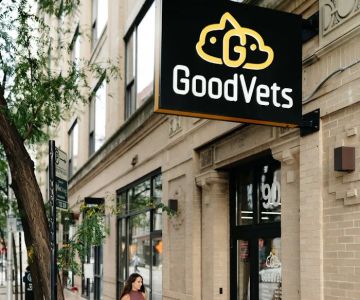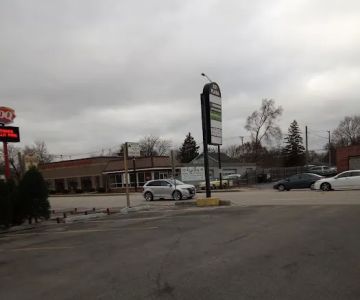- 1-understanding-the-importance-of-senior-dog-grooming
- 2-preparing-to-groom-your-senior-dog
- 3-gentle-brushing-and-coat-care
- 4-bath-time-considerations-for-older-dogs
- 5-nail-care-and-paw-health
- 6-monitoring-health-during-grooming
- 7-when-to-consult-professional-groomers-or-veterinarians
- 8-additional-resources-from-hidden-brook-veterinary
1. Understanding the Importance of Senior Dog Grooming
As dogs age, their grooming needs change significantly. How to groom a senior dog properly involves recognizing these changes to maintain their comfort and health. Elderly dogs may have more sensitive skin, reduced mobility, and slower healing, making gentle and careful grooming essential.
2. Preparing to Groom Your Senior Dog
Before grooming, create a calm, quiet environment and gather all necessary tools. Consider your dog’s physical limitations and provide supportive bedding or non-slip surfaces. Patience is key, as older dogs might be less tolerant of long grooming sessions.
3. Gentle Brushing and Coat Care
Use soft-bristled brushes to avoid irritating delicate skin. Regular brushing helps reduce mats and distributes natural oils, improving coat condition. Pay close attention to areas prone to tangling or dryness, adjusting techniques to your dog’s comfort.
4. Bath Time Considerations for Older Dogs
When bathing a senior dog, use lukewarm water and gentle, hypoallergenic shampoos. Avoid high-pressure water streams and thoroughly dry your dog afterward to prevent chills. Frequent baths aren’t necessary—consult your veterinarian for a suitable bathing schedule.
5. Nail Care and Paw Health
Trimming nails carefully is critical to avoid discomfort or injury. Older dogs may require more frequent trims due to decreased activity. Examine paws for cracks or infections, and keep pads moisturized to maintain paw health.
6. Monitoring Health During Grooming
Grooming sessions are an opportunity to check for lumps, skin changes, or signs of pain. If you notice abnormalities, consult your veterinarian promptly. Gentle handling and positive reinforcement can help your senior dog associate grooming with comfort and trust.
7. When to Consult Professional Groomers or Veterinarians
Some grooming tasks may require professional assistance, especially if your senior dog has mobility issues or medical conditions. Experienced groomers and veterinarians can tailor care to your dog’s specific needs, ensuring safety and well-being.
8. Additional Resources from Hidden Brook Veterinary
For more expert advice on how to groom a senior dog and products suited to older pets, visit Hidden Brook Veterinary. Their knowledgeable team offers tailored recommendations to keep your senior dog healthy, comfortable, and happy.











